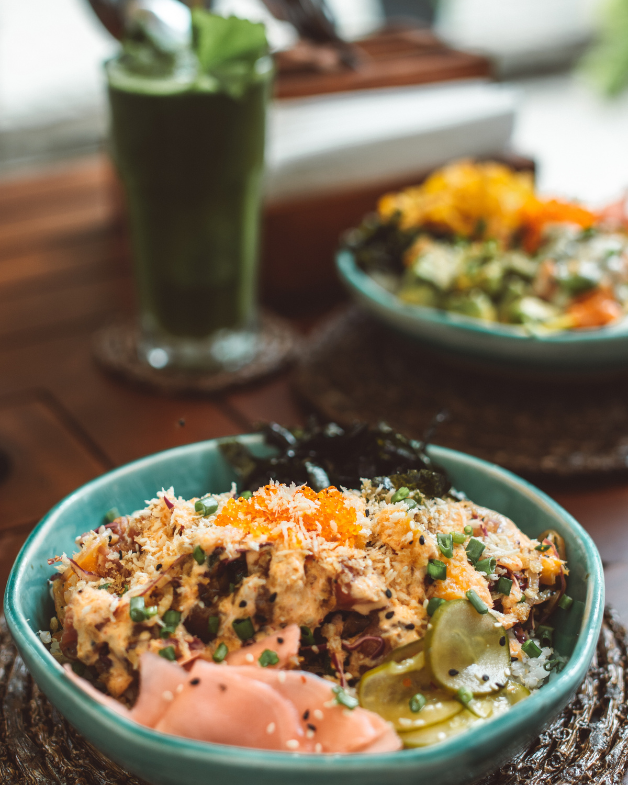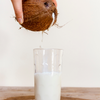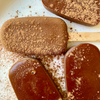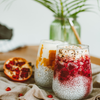5 Tips To Increase Diet Diversity To Boost Your Gut and Microbiome Health

Did you know that for you to have a healthy gut and microbiome you need to be eating 40 or more different plant based foods per week?
Plant based foods include fruits, vegetables, grains, pulses and legumes, herbs, spices, nuts and seeds. While there are thousands of different plant based foods available in the world, most of us stay with what we know and hardly reach the goal of 40.
Think back to your most recent shop and if you picked up something brand new to try, or did you keep to your usual picks? Most of us will be the latter.
As a gut health naturopath who owns a busy Melbourne based clinic, I understand that when you have bloating and gut issues, diversity can be hard to do but once your gut issues are addressed from the root cause (click here to learn how you can do this), you CAN eat a diet full of diversity.
The implications of not eating a diverse diet is that your microbiome reduces its diversity. Ideally we want to have 175-200+ species in our gut (the more the better) but I have seen patients in my Melbourne naturopathic business with less than 90 species on their stool tests results. The consequence of poor diversity can result in numerous issues including gut health symptoms and conditions, inflammation, immune dysfunction, blood glucose imbalance and neurotransmitter imbalances.
To help you keep your microbiome happy and diverse using your diet here are five of the best ways you can do this.
Tip 1: Choose a new plant-based food per week
Take the pressure off yourself to constantly think outside your cooking comfort zone, by just picking up one, just one, new food per week. This could be a purple vs orange carrot or a completely new fruit, vegetable, nut, seed, legume, pulse or grain.
Ask yourself, what haven’t you tried or had for a long time. For me, even as one of Melbourne’s best naturopaths I can fall into habits, I realised I needed to eat some papaya, dragonfruit, mung beans and pine nuts. Over a few weeks I grew my culinary confidence and incorporated them into my week.
Tip 2: Add herbs and spices to your dish
I have really stepped up my spice game in recent years which has not only added polyphenol antioxidant goodness to my gut, but also a bang of flavours.
Adding fresh or dried spices to your meals is super easy for anyone to do. See the opportunity in home-made marinades and sauces or just to sprinkle on top of steamed veggies. One of my favourite spice additions has been my avocado on toast, some days it’s dill and lemon and other days it’s basil, oregano and chilli. Have a play! If you’re not sure how to use a flavour, look up a recipe online and start there.
Spices you should consider using more of include: Coriander, star anise, smoked paprika, turmeric, nutmeg, ginger, cumin, cardamon, rosemary, cinnamon, cloves, fennel seeds, mustard seeds, nigella seeds, curry powder blends, garam masala, dill, oregano, safe, tarragon, marjoram, basil, parsley, mint. This is by no means an exhaustive list but a good place to start. Next time you go shopping stop by the spice aisle and see what jumps out at you.
Tip 3: Keep a variety of nuts and seeds on hand
Nuts and seeds are some of the easiest ways to boost diversity in your diet. Add them to cereal, porridge, smoothies, salads, toast or curries as a whole, ground or paste or have them as a snack.
Instead of keeping one or two types on hand, keep a variety of the following to encourage diversity. This is one of the easiest and best hacks I share as a naturopath with my patients and, trust me, it really helps!
- Nuts: almonds, peanuts, Brazil nuts, cashew nuts, hazelnuts, macadamias, pecans, pine nuts, pistachios and walnuts
- Seeds: pumpkin seeds, flax seeds, sesame seeds, poppy seeds. sunflower seeds, psyllium seeds and chia seeds.
Tip 4: Choose different variety of the same food group
I love this hack as it is as simple as reaching slightly to the left or right in your local supermarket or farmers market. If you love certain foods, you can keep having them but just switch it up a bit. Here are some examples:
- Current: You cook with brown lentils
- Plant improved: Consider other pulses and pulses such as green, red, yellow lentils, black beluga or puy lentils. You can even consider adding in beans such black, black-eyes, cannellini, chickpea, red kidney, pinto and lima
- Current: You only eat pink-lady apples
- Plant improved: Consider eating a new variety of delicious, golden delicious, granny smith, mcintosh, rome beauty, fuji, jonathan, york, gala, and yellow newton
- Current: You only cook with white or brown rice
- Plant improved: Try black or red rice if you need rice for your dish. You can also branch out to other gluten free grains such as amaranth, buckwheat, millet, quinoa, teff etc. If you can tolerate gluten, consider barley, rye, spelt, semolina or kamut.
Tip 5: See the opportunity in meals you are currently eating
Unless you are eating McDonalds and KFC everyday, you don’t necessarily need to completely overhaul your diet. All you need to do is see the opportunity in meals you already eat and add more and/or different plant based foods to those. Let me give you some examples:
- Current: Vegemite on white toast
- Plant improved: Avocado, tomato and spinach, topped with some lemon and dried herbs on wholegrain toast
- Current: Spaghetti bolognese
- Plant improved: Add grated veggies and a can of brown lentils to bolognese
- Current: Porridge with almonds and blueberries
- Plant improved: Porridge with a nut and seed mix (almonds, cashews, pepitas, hemp seeds, chia seeds and walnuts), berry mix (blueberries, raspberries and blackberries) and cinnamon spice
Adding little bits here and there will go a long way in reaching your 40+ different plant-based foods per week and feeding many different species in your gut microbiome.
Tip 6: Eat fermented foods.
Fermented foods are a great way (unless you have a histamine intolerance) to introduce different species to your gut that will help your microbiome health. While the organisms don’t stay in your gut forever, they provide a supportive role in your microbiome diversity journey.
Fermented foods you can consider trying are kefir (milk or coconut water varieties), kombucha, sauerkraut, kimchi, miso, tempeh, yogurt, natto, kvass, pickled cucumber and other fermented vegetables.
Final Thoughts
The key to a healthy gut is being able to sustain good habits. Creating new habits that are simple, easy and can be done for years to come is the goal. The more complicated, high effort and time-consuming a change is, the less likely you will continue to do it.
So, remember the K.I.S.S method (keep it simple sweetie!)
If you are someone who would LOVE to be applying the five tips shared with you in this blog but you can’t tolerate foods. That is, you get bloating, bowel changes, pain and discomfort, nausea and even things like skin breaks and headaches you need that’s ok. These can be long-term goals you implement once you have identified and treated your gut issue from the root cause.
It IS possible to achieve a life that is free from symptoms and full of good food. I share all you need to know in my course Bloated to Body Confident
With professional advice from me, Melbourne’s best gut health naturopath and nutritionist, you’ll find the root cause of what’s keeping you unwell. (Even if you’ve tried it all or been struggling with bloat for years. Or all of your tests have come back “normal”.)
-
Posted in
Fibre, Gut Health







